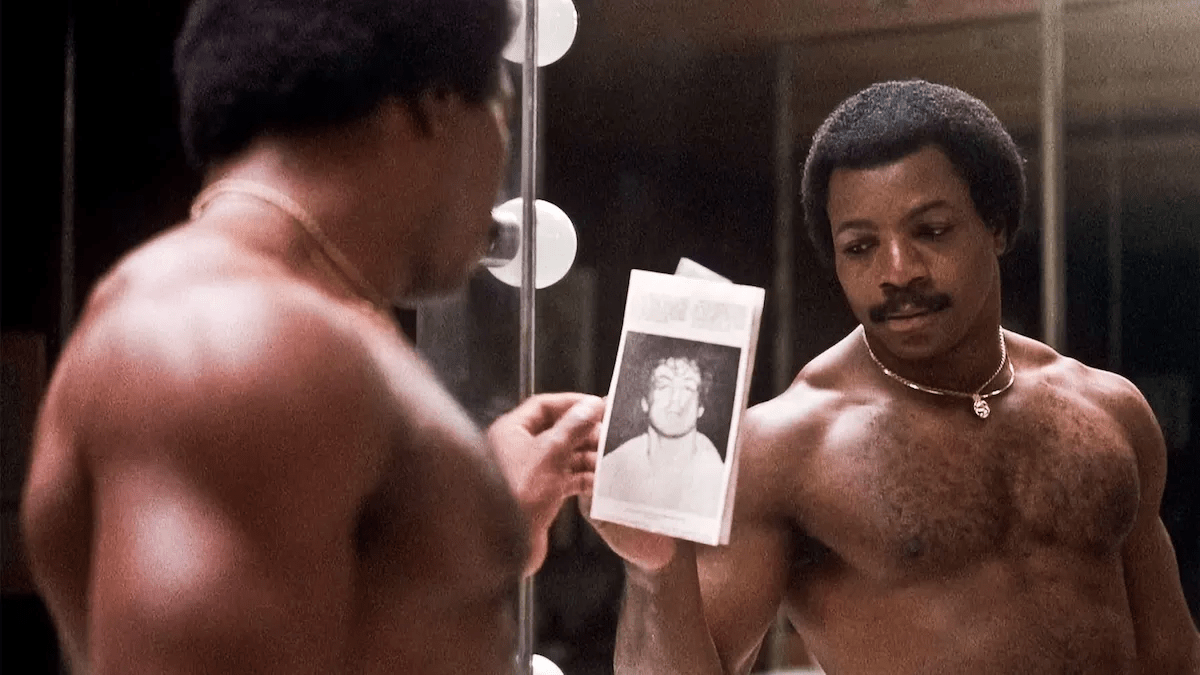As an athlete, Carl Weathers will always be more famous for the sports he pretended to partake in than the one he actually played for a living.
That’s because, across four Rocky movies, Weathers breathed life – and then dishonorable, Soviet-financed death – into the character of Apollo Creed. The frenemy of Rocky Balboa became every bit as iconic as the series protagonist himself, eventually spawning a next-generation franchise in the form of the Michael B. Jordan series, Creed.
But before he was sucked into a world of Lundgren-related atrocities, Weathers had an honest-to-God career in sports. He even played in the NFL for a while – not even for the Rams or the Browns, either. For a real team. Sort of.
Carl Weathers’ football career, explained
From 1970 to 1971, the late Carl Weathers – the man who would one day teach Happy Gilmore how to putt and Tobias Funke how to get a stew going – was a linebacker for the Raiders. The Oakland Raiders. The first Oakland Raiders, not the second Oakland Raiders.
It was, by all accounts, an inauspicious career. Weathers only played in eight games – seven during his first season, and one during his second. He later recalled being told by his coach, John Madden, that he was too sensitive to be a football star. He was released from his contract at the age of 23. From there, Weathers made a move so undignified that most folks wouldn’t have bounced back: He started playing football in Canada. 13 games with the CFL’s own BC Lions was enough for the man, and he left football behind him in 1974, pivoting toward a career in acting.
By the end of 1975, he already had 10 acting credits under his belt, ranging from single-episode stints on Good Times and The Six Million Dollar Man to a supporting role in the Pam Grier blaxploitation classic Friday Foster. It was the beginning of a series of events that would eventually make Weathers a pop culture icon, though it did surprisingly little to save him from debilitating spine injuries.

